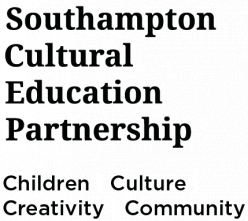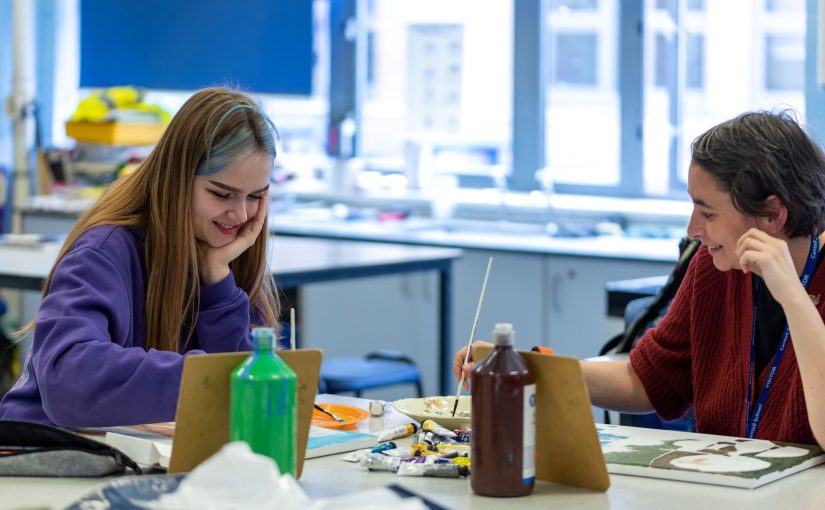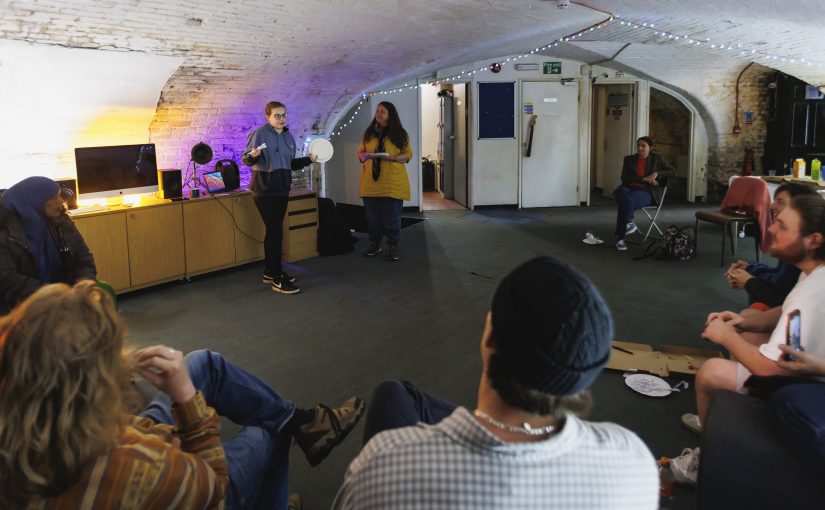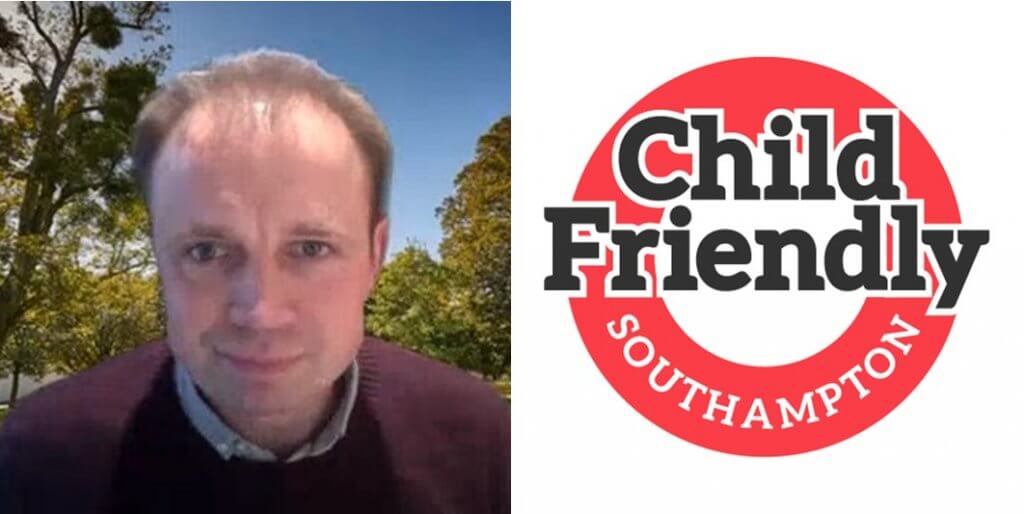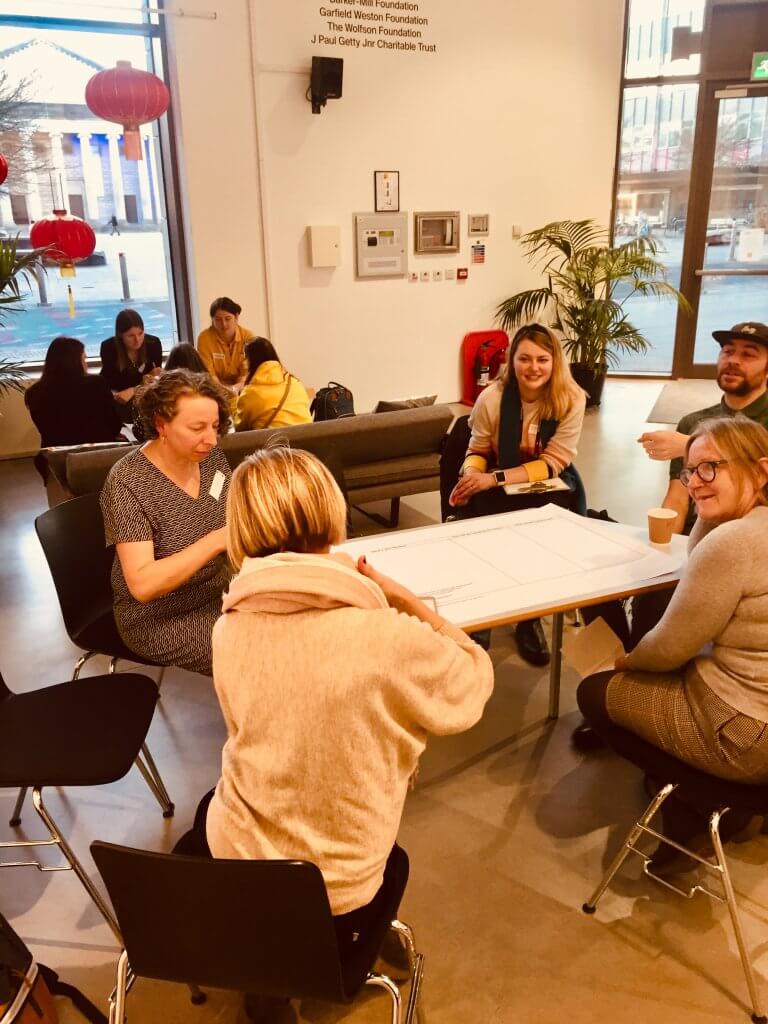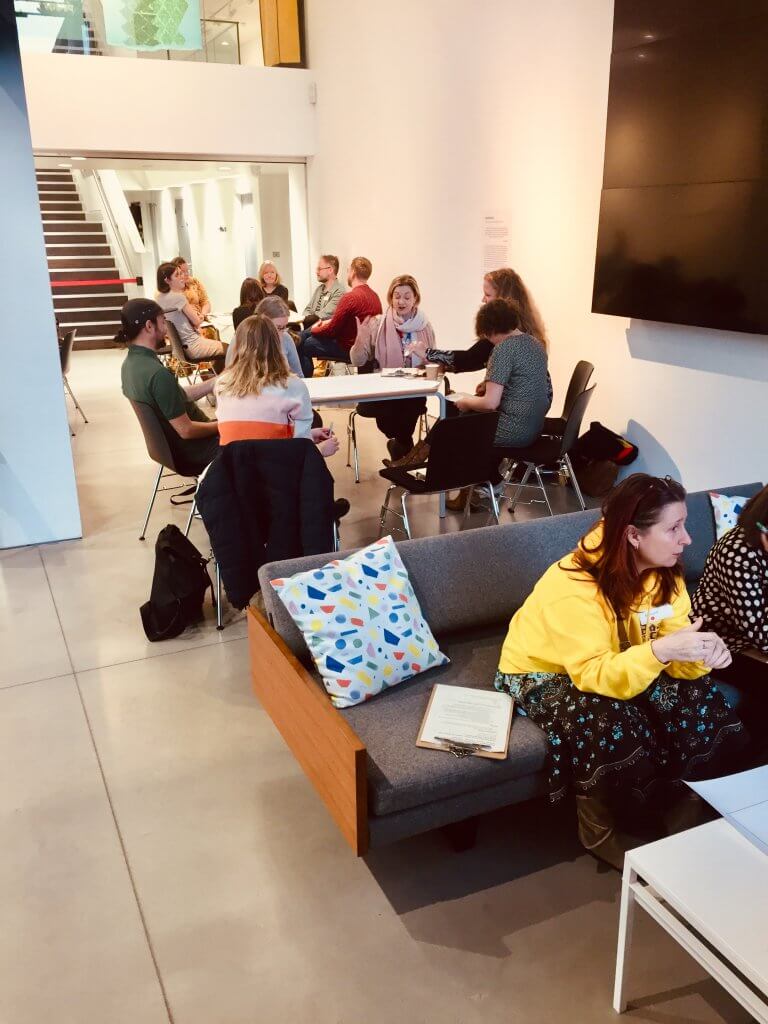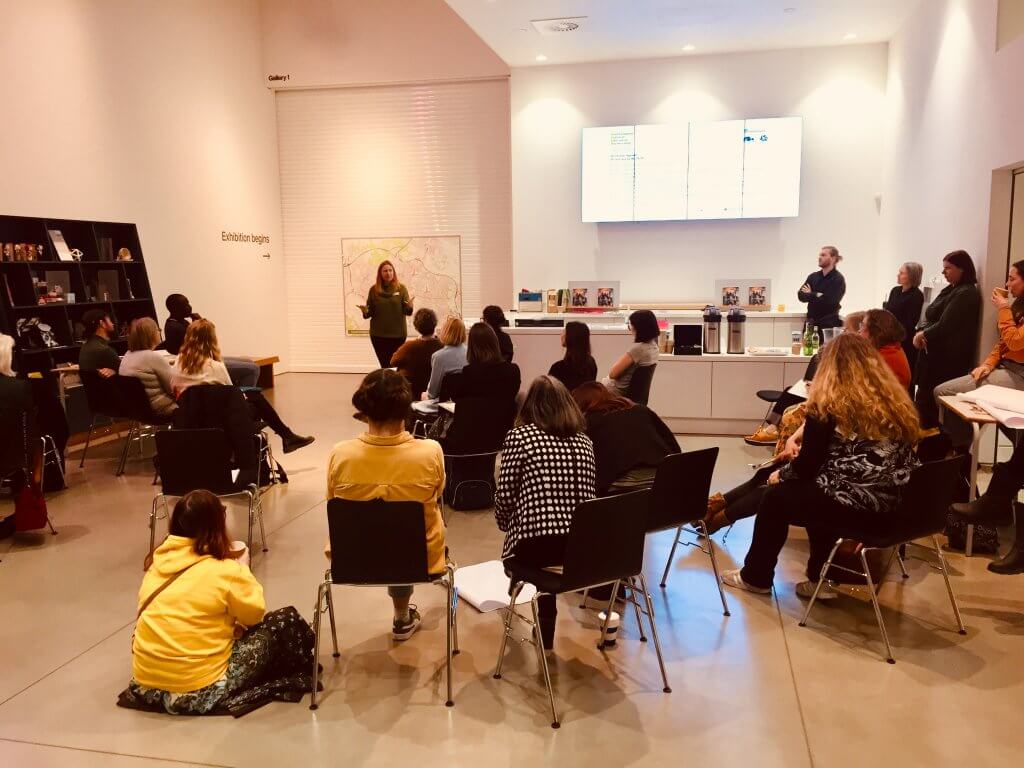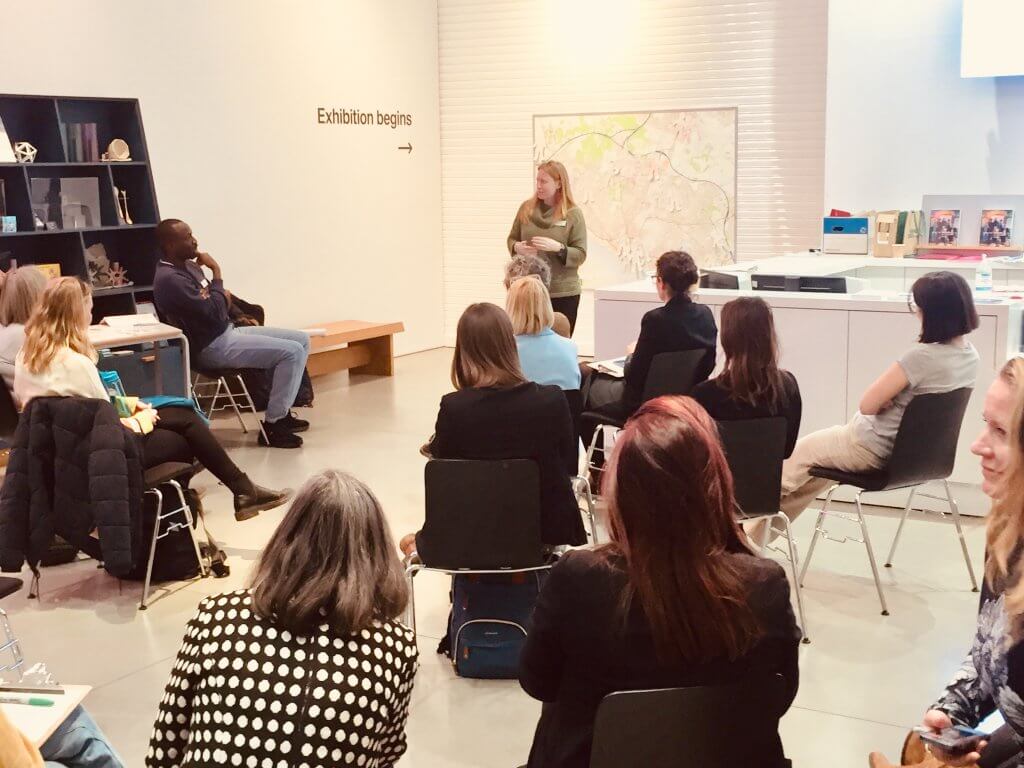The Pearson 2023 School Report revealed that teachers expect mental health, attendance and support for students with Special Educational Needs and Disabilities (SEND) to be the biggest barriers to student learning over the next six months.
Teachers say children in school post-covid are less resilient and struggle to work in teams. Mental health and wellbeing have worsened and, even back in the classroom, children are reluctant to speak up and engage.
We know arts and culture can be powerful. Could they also help address these challenges? Findings from our Better Lives Through Culture project suggest they could be just the ticket! According to teachers, the project has improved access, confidence, retrieval of knowledge, teamwork and engagement.
Mental health and learning
“One in six children has poor mental health which impacts learning.”
NHS England
Research shows unprecedented increases in children’s mental health needs from 2017 to 2020. NHS England reported a 48% increase in children with a ‘probable mental disorder’, rising to one in six children.
In The Link Between Pupil Health and Wellbeing and Attainment Public Health England explores how wellbeing affects learning and vice versa:
“Academic success has a strong positive impact on children’s subjective sense of how good they feel their lives are (life satisfaction) and is linked to higher levels of wellbeing in adulthood. In turn, Children’s overall level of wellbeing impacts on their behaviour and engagement in school and their ability to acquire academic competence in the first place.”
Public Health England
Children’s happiness and life satisfaction
Everyone working with children recognises the importance of wellbeing. We want our children to be happy, but the UK is failing badly at this.
The Organisation for Economic Co-operation and Development Child Wellbeing Dashboard shows that 15-year-olds in the UK have the second lowest levels of life satisfaction in the OECD.
The Children’s Society’s 2022 Good Childhood Report shows a decline in children’s happiness over the last 10 years. Among findings, it reveals that 12% of children are unhappy with schools. Even worse, children experiencing disadvantage are far more likely to be unhappy with school than their wealthier peers.
Arts and Culture offer a solution
Arts and Culture offer many solutions to this wave of poor wellbeing. Taking part in arts activities has been shown to lower stress and improve our subjective sense of wellbeing. As such, we knew there was potential to improve children’s wellbeing, and thus their learning outcomes, through arts in schools.
For the Better Lives Through Culture project we worked with teachers to pilot one creative approach to improve children’s experiences of school and learning. The project used arts to develop cross curricular resources and schemes of work, designed in partnership with children.
Children’s confidence and engagement in school increased, along with their sense of agency in their own learning. Teachers saw improvements in retrieval at primary level. SEND students were more able to access the curriculum, share their existing knowledge and take part in whole class learning.
Better Lives Through Culture Project
Better Lives Through Culture ran over the 2022-23 school year. Four artists worked with pupils and teachers to use arts to deliver a co-constructed scheme of work across four schools in Southampton.
At Primary we worked on the PE, Dance, Geography and Science curriculum. At Secondary we looked at History, English and Art.
319 pupils and nine teachers took part in the project to design or augment existing curriculum work using arts to teach other subjects.
Increases in confidence, engagement and teamwork for pupils
The strongest project outcome teachers observed was an increase in their pupil’s confidence and engagement.
“Really boosted their confidence to the point where they were happy to share in front of the class where previously there had been tears when asked for that.”
Banister School Teacher
At Primary level, pupils who started the project reluctant to speak up in front of their classmates ended up confidently sharing performances to the whole school. This had a knock on effect in other subjects with more children answering questions in class and contributing generally.
In Secondary school, teachers noticed children’s confidence at speaking in front of each other increased.
Teachers noted that children were not so worried about the risk of not being successful and getting the right answer after taking part in the dance lessons. It was made clear in these lessons that there is not one right answer and refining and progress are as important as the final result.
“There has been a turnaround in the children’s confidence in wanting to have a go, be involved and to share.”
Banister School SLT Teacher
Teachers also noted the creative curriculum work improved teamwork with children getting better at working in small groups. This was something that had particularly suffered due to Covid absence from in person teaching.
Pupil voice increased
At the Secondary Schools, pupils reported that it was important to them to have a voice in designing the curriculum.
We know feeling a sense of agency has an important role in wellbeing. The young people valued the opportunity to make a mark on the school by contributing to the curriculum. The pupils who were in year 7 and 8 previously said they had felt unnoticed within the school. Taking part gave them an increased sense of belonging in the school and made them feel more established and recognised by other pupils and teachers.
At Primary level, the children were excited that their suggestions were listened to. They could see that changes were made to sessions because of their feedback to the dance teacher. The children were also asked to plan and take control of their last dance lesson, which they did showing a good understanding of the task.
Retrieval, and access for SEND students, improved at Primary
At Banister Primary School, a dance artist worked with teachers across all phases to develop resources for Geography and Science. Teachers were pleasantly surprised to discover their dance project improved retrieval of knowledge and enabled lower achieving pupils including those with SEND (Special Educational Needs and Disabilities) to access activities and learning. Movement rather than writing gave SEND children a route to achieve and be successful.
“I have noticed that it has helped those lower attaining children engage more readily with the more complex vocabulary and has helped them retain this information and retrieve it – particularly when talking about water sources.”
Sarah Golden, Banister School Teacher
One activity used movement to explain the different flows of rivers, for example meandering versus swift. Children were better able to produce the vocabulary at later sessions after moving in a meandering way in the previous lesson.
“The dance movements are hooks for the vocabulary. Children are being able to remember the vocabulary much better. Linking movements to vocabulary is really helping them to secure that language.”
Banister School Teacher
In a Key Stage One science activity about butterflies, teachers said they would previously have started with a written mind map. Working with Natalie, the dance artist, children shared their existing knowledge of butterflies through movement. Children with SEND, who normally would not have been able to contribute words to a mind map, were able to share their knowledge of how butterflies’ wings flutter through movement.
Hope for the future
The Better Lives Through Culture project has demonstrated the powerful role arts and culture can play in addressing current challenges.
Through the Southampton Cultural Education Partnership, we aim to increase opportunities to build young people’s confidence and engagement. Join us to help ensure all children and young people in Southampton have access to cultural education and the incredible benefits it brings.
